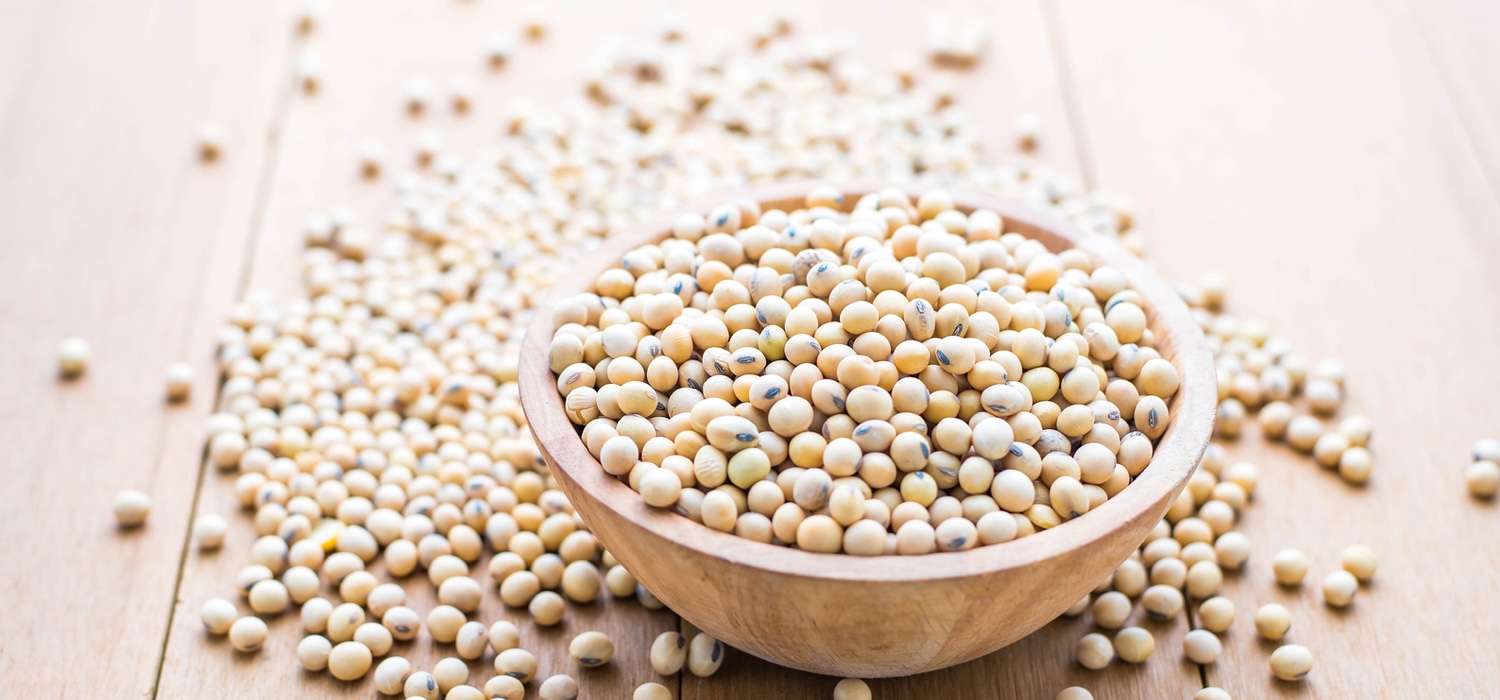What's the Problem with Soy?
Among natural health practitioners, there is virtually 100% agreement. Avoid soy, avoid soy, avoid soy. However, it is estimated that 85% of the general public still believes soy is a health product.
The birth of soy as a “health” product
Large companies, such as ADM milling, began planting large fields of soy to be used as a cheap oil for multiple industrial uses. What was left over from this process was soy protein residues. Although soy was fed to the animals, resulting in developmental problems and infertility, it was still marketed to the general public as a source of protein and estrogenic benefits in order to generate profit. The main form in which you will find this soy by-product is called “soy protein isolate.”
In the 1900s, the Ford Motor Company researched soybeans, and a few years later, all Ford cars were manufactured with soy. From exterior paint to shock absorber fluid, each car used 120 pounds of soybeans. This research helped grow the soy industry not only in cars but also in food and plastics.
In 1999, the USDA said soy may reduce the risk of heart disease. The American Heart Association jumped on board as well.
Soy consumption in Asia
65% of the Japanese diet is fish and rice, the remainder being vegetables. Soy is often fermented in the forms of Natto, Tempeh, or Miso for six months to almost three years sometimes. Soy has been eaten in Asia and other cultures throughout history, but it was always in its natural form.
The processing of soy protein isolate
After removing the fiber, soybeans are put into large holding tanks and washed in acid. The end product is an almost tasteless powder, cheap, easy to use, and able to be added to almost anything. Up to 60% of processed foods now contain soy protein isolate.
More than 90% of soy worldwide is genetically modified.
Summary of just a few of the well-known studied and researched dangers of soy:
High levels of phytic acid in soy reduce the assimilation of calcium, magnesium, copper, iron, and zinc. Phytic acid in soy is not neutralized by ordinary preparation methods such as soaking, sprouting, and long, slow cooking. High phytate diets have caused growth problems in children.
Trypsin inhibitors in soy interfere with protein digestion and may cause pancreatic disorders. In test animals, soy containing trypsin inhibitors caused stunted growth.
Soy phytoestrogens disrupt endocrine function and have the potential to cause infertility and promote breast cancer in adult women.
Soy phytoestrogens are potent antithyroid agents that cause hypothyroidism and may cause thyroid cancer. In infants, consumption of soy formula has been linked to autoimmune thyroid disease.
Vitamin B12 analogs in soy are not absorbed and actually increase the body's requirement for B12.
Soy foods increase the body's requirement for vitamin D.
Fragile proteins are denatured during high temperature processing to make soy protein isolate and textured vegetable protein.
Processing of soy protein results in the formation of toxic lysinoalanine and highly carcinogenic nitrosamines.
Free glutamic acid or MSG, a potent neurotoxin, is formed during soy food processing, and additional amounts are added to many soy foods.
Soy foods contain high levels of aluminum which is toxic to the nervous system and the kidneys.
Great Plains Laboratory has found that almost every autistic child had extremely high allergies to soy.
Soy gained popularity in treating menopause because it contains natural estrogen-like compounds. Although menopausal women may find some relief from soy, it has no use for children. Soy is in everything, including infant formula. According to the Swiss health service, 100g of soy protein is equivalent to a birth control pill. It is like giving birth control to a baby.
I encourage you to look at all the research and information. It appears the dangers outweigh any potential benefit. We should ask ourselves, “Why do I need soy in my diet?” There are lots and lots of healthy alternatives that are not controversial.
There are numerous websites, articles, and research studies showing the dangers of soy. I recommend starting with the Weston Price Foundation: http://www.westonaprice.org/soy-alert. Also, research the articles claiming the health benefits of soy. Pay attention to who funded these studies.
The beauty of fermentation.
If you want to eat soy, focus only on fermented soy, and make it yourself. It is hard to trust grocery stores these days. But choices you could explore would be miso, tempeh, and natto.

